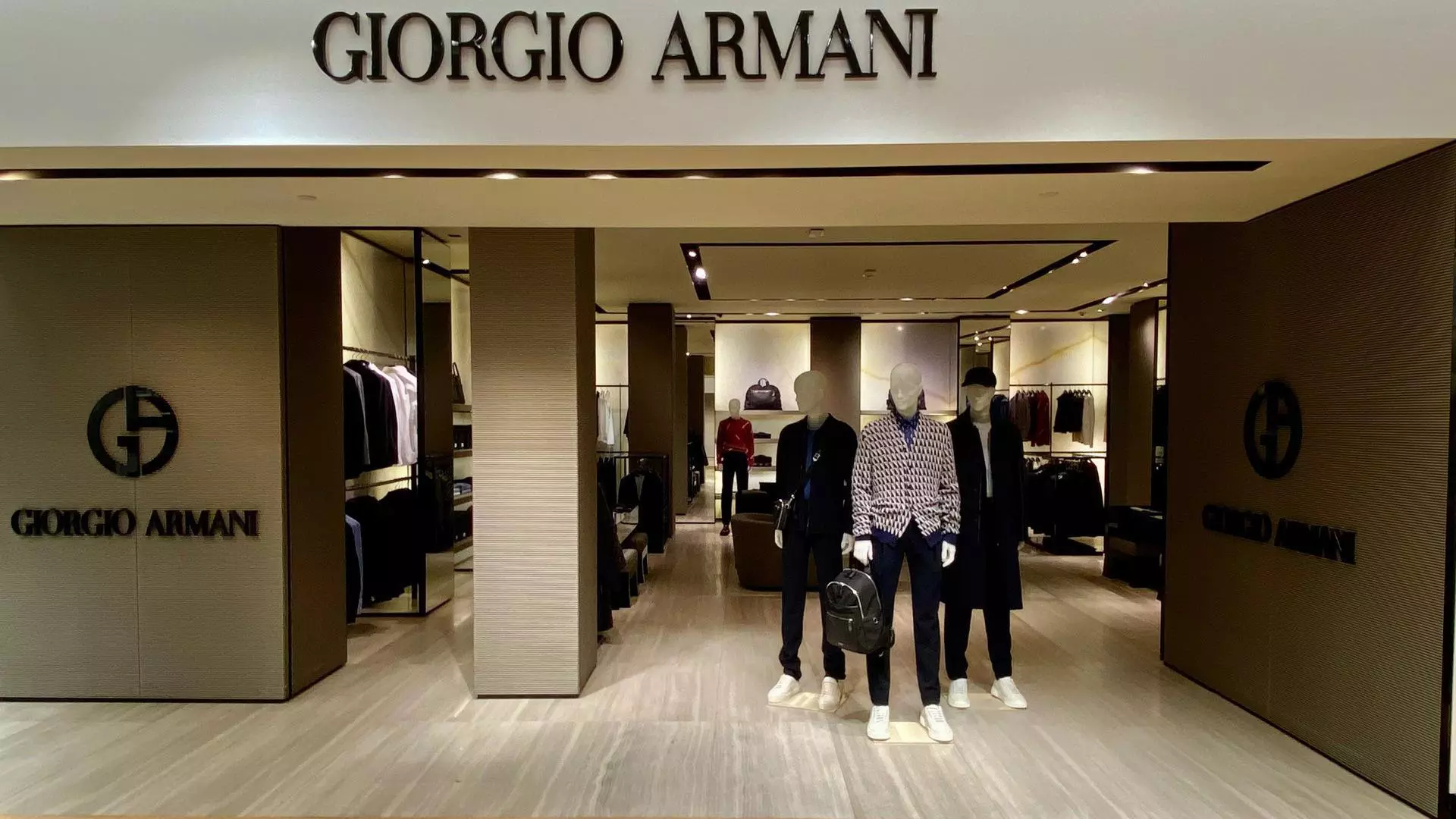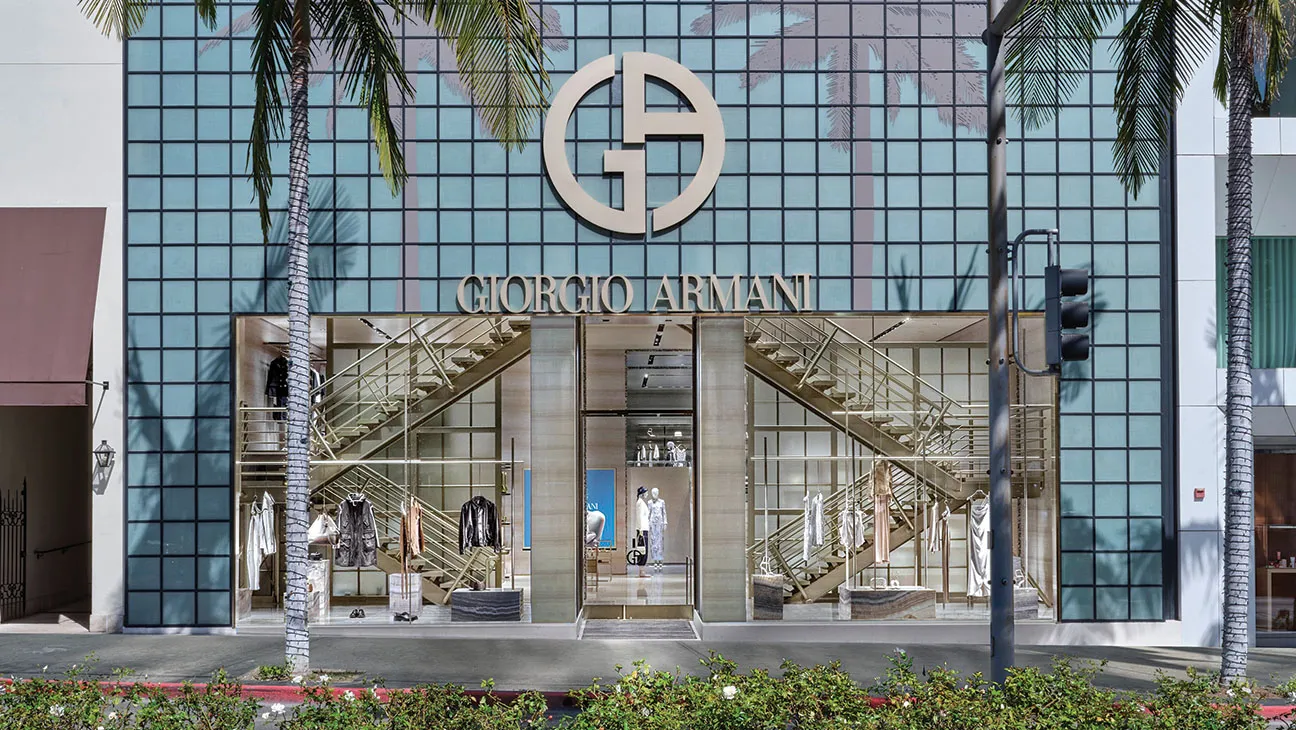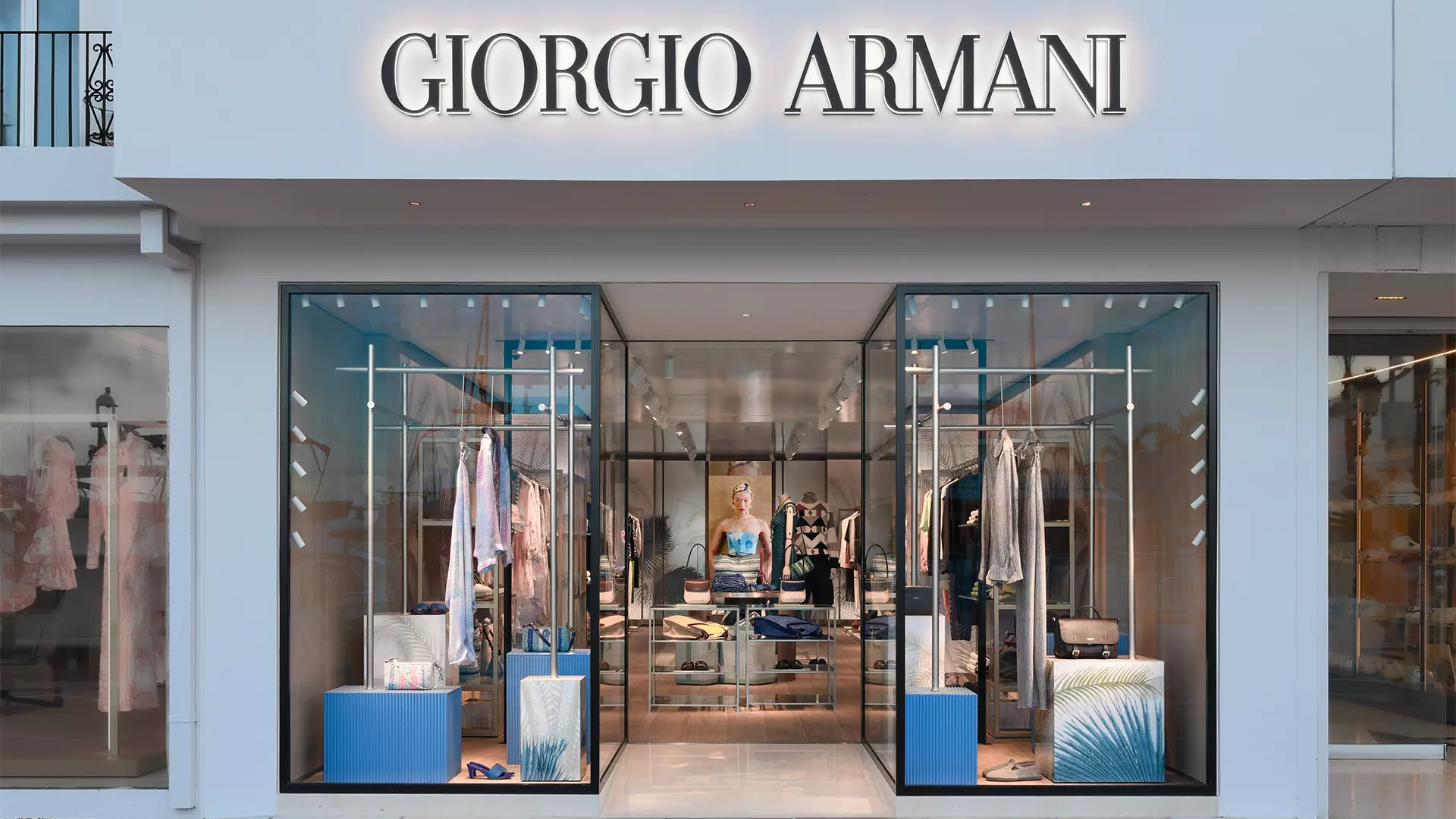In the heart of Milan, a city celebrated for its illustrious fashion heritage and luxurious brands, a disconcerting narrative unfolds, casting a shadow over the gleaming reputation of one of the industry’s titans. The recent investigation into the production practices of the iconic Giorgio Armani fashion house reveals a stark contradiction between the brand’s polished exterior and the grim realities lurking within its supply chain.
The Exploitation Behind Elegance
Italian authorities have brought to light unsettling details involving the exploitation of Chinese workers by an unauthorized subcontractor tasked with producing handbags and accessories for Giorgio Armani. This alarming revelation spotlights the often unseen human cost embedded within the luxury items adorning storefronts and wardrobes around the globe.

The exploited workers, some residing in Italy illegally, were subject to conditions that flagrantly disregarded basic labor rights, including health and safety standards, working hours, and mandated breaks. This scenario is emblematic of “caporalato,” a nefarious system of labor exploitation traditionally associated with agriculture but now seeping into other sectors, including fashion.
The Facade of Compliance
In response to the allegations, GA Operations, the production arm for Giorgio Armani Group brands, vehemently denied any wrongdoing. The company asserted its commitment to monitoring and minimizing abuses within its supply chain, pledging full cooperation with authorities to vindicate its practices.

A visual representation provided by the Italian Carabinieri lays bare the economics of exploitation: a handbag produced for 93 euros is later retailed at approximately 1,800 euros, revealing a vast gulf between cost and consumer price.
This disparity underscores a grim reality where profit maximization trumps ethical considerations, with illegal and off-the-books labor serving as a cornerstone for cost reduction.
Giorgio Armani: A Closer Look at the Conditions
Footage released by law enforcement paints a harrowing picture of the workers’ environment: makeshift sleeping quarters adjacent to production areas, unsanitary kitchens, and living conditions far removed from the minimum ethical standards.
This glimpse into the daily lives of those behind the brand’s products serves as a stark reminder of the hidden human toll in the fashion industry’s pursuit of luxury.
Giorgio Armani bags were produced by exploited Chinese workers near Milan, Italian police say https://t.co/QUoL3dqstU
— The Associated Press (@AP) April 5, 2024
A Wider Issue Within the Fashion Mecca
This case is not isolated. The fashion industry, particularly in regions like Milan and Bergamo, faces a broader challenge in eradicating illegal labor practices. Similar investigations have led to the judicial administration of other companies apart from Giorgio Armani, signaling a systemic issue that transcends individual brands.
Moving Forward: Accountability and Change
The situation begs a critical reassessment of the companies like Giorgio Armani in the fashion industry’s ethical responsibilities. As consumers become increasingly conscious of the origins of their purchases, the demand for transparency and accountability grows louder.
The path forward requires a collective effort from brands, regulators, and consumers to ensure that the luxury and elegance associated with fashion are not built on the exploitation of vulnerable workers.

As Giorgio Armani and similar entities navigate these turbulent waters, the industry stands at a crossroads. Will it continue to mask the unsavory aspects of its operations behind a veneer of opulence, or will it embrace a future where luxury is synonymous with ethical integrity?
Only time will reveal the true cost of beauty and whether the fashion world can reconcile its glamorous facade with the pressing need for humane and just production practices.










